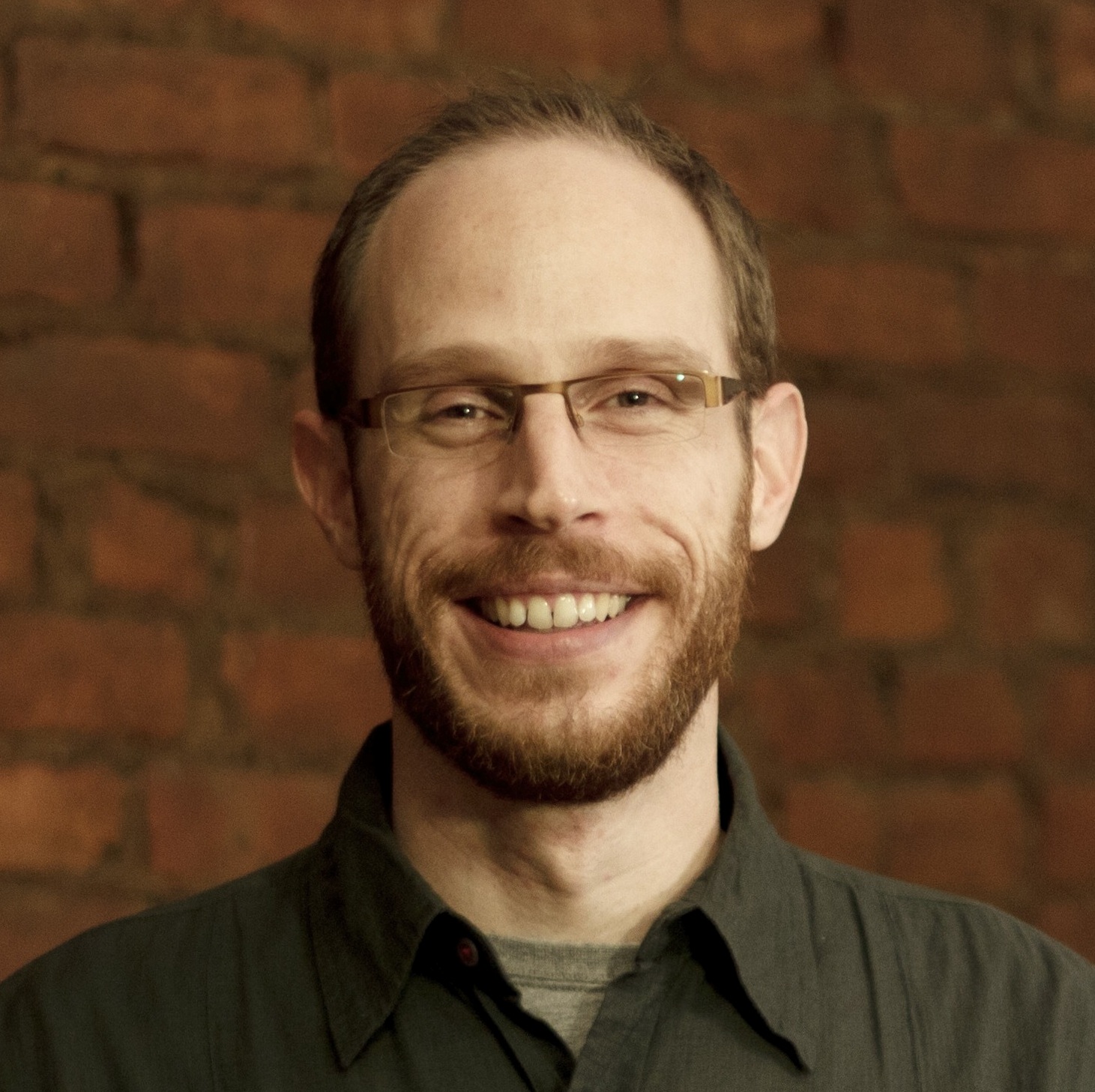JD Capuano is Co-Founder and Co-CEO of Closed Loop Advisors, a sustainability management consultancy. He is super passionate about sustainability and helping businesses truly incorporate sustainable green practices. Holistic Spaces interviewed JD about his business, the Living Building Challenge, and sustainability.
Be sure to check in on the next blog post, to read JD speak about Renewable Energy Certificates!
AC: Tell us about your mission at Closed Loop Advisors.
JC: Closed Loop Advisors is a sustainability management consultancy focused on helping organizations with two things: environmental sustainability strategy, measurement, and analytics; and green building fit-outs and certifications. Our mission is to change business as usual by integrating commerce and deep green environmental sustainability.
AC: What is the Living Building Challenge and how have you incorporated it into your consulting?
JC: The Living Building Challenge (LBC) is the most inspiring and stringent green building standard in the world. It imagines that we design and construct buildings to function as elegantly and efficiently as a flower. LBC has three certifications – the full challenge (7 PETALs, or areas of certification), PETAL Certification (3 PETALs, one of which has to be Energy, Water or Materials), and Net Zero Energy Building Certification. Our involvement with LBC started with my colleague, Eileen Quigley. Eileen was project-managing the Chicago office fit-out for our client, the Natural Resources Defense Council, and posed the idea of pursuing LBC PETAL Certification in their Chicago office. Once we realized there was a chance of doing it, they were all for it, and we were off and running.
Tell us more about PETAL certification and at zero-toxicity materials -- what does that mean and what can we learn from it?
We spend most of our time indoors, and we're surrounded by many human-made materials that are off-gassing toxics. You know the smell of new carpeting or fresh paint? When you smell that, you're inhaling the toxic gasses seeping out from those materials. The Materials PETAL places emphasis on all of the inputs to a building's structure and finishes with very specific requirements, such as a certain amount of material reuse for a renovation, forestry requirements and a definition of local for wood, and most important their Red List of materials and chemicals products cannot contain. By following this PETAL we learn to create an indoor environment where residents or employees can be healthier and more productive.
Tell us about the Chicago Natural Resources Defense Council project, where you were able to create a notable innovation and really make a difference.
The Natural Resources Defense Council project was innovative because it was the first time anyone suggested that an office could go for the LBC certification. Every project before ours was residential or an entire building. We saw the chance to do something on a smaller scale while still having an impact. We didn't know about the PETAL Certification until we researched it. We got excited once we realized we didn't have to worry about net zero water or energy, which are really difficult to do for a project that is 1% of the building square footage. We pursued the materials PETAL. I think it has just as much if not more, of an impact than water or energy, because it's causing ripples in a huge industry of materials manufacturers and making them re-think their processes. It's also making us re-think what's healthy for people to be in the presence of, especially considering how much time people spend at work.
What are three tips that the readers can do to make their work spaces more sustainable?
It depends. Are you staying in the same space, or moving? Where are you geographically? What have you already done? Sorry, force of habit as a consultant to make sure I'm answering the right questions!
Assuming you're staying in the same space:
Track and analyze your data over time to look for areas of improvement. You can get electricity, maybe heating and water. Start tracking your waste and see how you can reduce it.
Focus on reducing electricity use by changing set-points, upgrade lighting or de-lamp if your space is over-lit, install sensors (daylight and movement), maximize use of daylighting, make sure lights and equipment turn off when no one is around.
Look at what you're purchasing and consuming. What can you reduce? Are you purchasing eco-friendly, reusable or recyclable (preferring the former) and non-toxic products (from the little things to furniture)?
Closed Loop Advisors is changing business as usual. We are passionate about integrating sustainability and business. From addressing specific environmental problems to organization-wide sustainability planning, we help our clients become more efficient, responsible and adaptive. Our work focuses on each client’s desired outcomes that we align with their unique combination of priorities, values and budget.
Our services fall into two categories. The first is Strategy, Measurement and Analytics, with projects ranging from environmental target setting to carbon foot-printing to GRI reporting. The second is Buildings and Certifications, where we manage office fit-outs and certify projects to LEED or Living Building Challenge standards. Founded in 2011, we are based in NYC and manage projects in Europe, China, and across the US. We are a Certified B Corporation.



